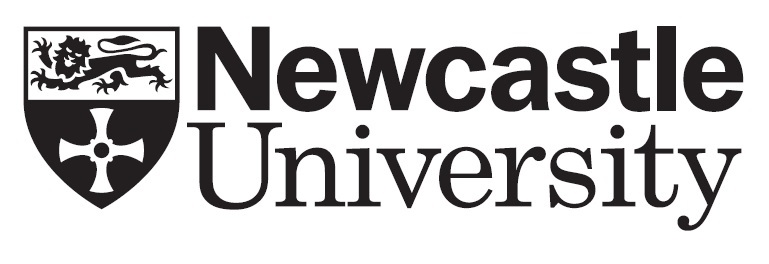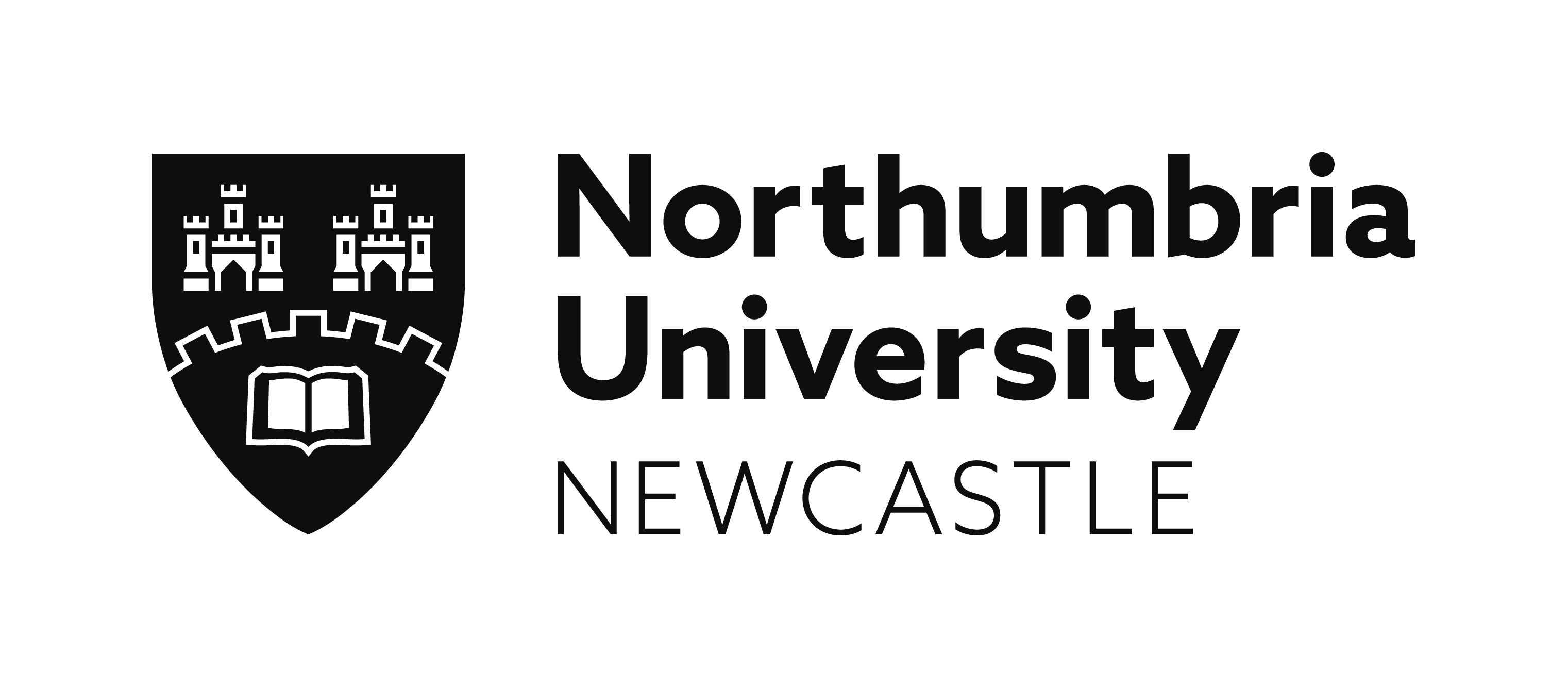Museums for the Global Majority: Expanding the limits of museum practice
Jennifer Reynolds-Kaye, Yale Center for British Art
Maryam Ohadi-Hamadani, Yale Center for British Art
Restructuring methodologies and practices that can liberate the art museum from its colonial past is ever more urgent in the wake of our current global environment. Traditional museums are receptacles for the material traces of culture, and are inextricably linked to our pasts; in our present, they are the narrators and educators of this history. But what past and present moments are represented in the museum, in its exhibition and collecting practices?
The ‘past conditional temporality’ of ‘what could have been’ as Lisa Lowe writes, ‘symbolizes aptly the space of a different kind of thinking, a space of productive attention to the scene of loss, a thinking with twofold attention that seeks to encompass at once the positive objects and methods of history and social science, and also the matters absent, entangled and unavailable by its methods.’ (Lisa Lowe, “The Intimacies of Four Continents,” in Ann Laura Stoler, ed., Haunted by Empire: Geographies of Intimacy in North American History (Durham: Duke University Press, 2006), 208.) Is it possible to exceed or negotiate the constitutive limits of the museum? What counter-models and counter-histories might we use to rethink the museum as a space for community and inclusivity when its foundation is predicated on rendering certain histories and viewpoints as absent or othered? How might the museum share narrative authority and agency with historically underrepresented or unrepresented communities? This session offers methodological and practical methods for decolonising the museum and will co-create spaces of open dialogue, problem-solving and imaginative experimentation.
Speakers
Respect, Reciprocity, Responsibility: Indigenous values in curatorial praxis
Diana Tuite (Colby College Museum of Art, Waterville, Maine)
Jennifer Neptune (Penobscot Nation Museum)
‘Rising to the Occasion’: Centering new models of collaboration in institutional curating
Georgiana Uhlyarik (Art Gallery of Ontario)
Recovering Silenced Histories: The role of Provenance in decolonising the museum
Sarah Thomas (Birkbeck, University of London)
Curating the Visual Archives of Slavery in Museums beyond Exhibition
Adiva Lawrence (University of Hull)
Curating Communitie: Co-creating a human centered museum
Sandro (Alexander) Debono (University of Malta)
Click here to download this session's abstracts or view below
Respect, Reciprocity, Responsibility: Indigenous values in curatorial praxis
Diana Tuite (Colby College Museum of Art, Waterville, Maine)
Jennifer Neptune (Penobscot Nation Museum)
Known as the ‘People of the Dawnland’, the Wabanaki have lived in what became incorporated as Maine and Canada’s maritime provinces for almost fifteen thousand years. The Wabanaki concept of Wíwənikan, or ‘portage’, applies to the deliberations that Indigenous peoples have made – and continue to make – as they navigate the waterways of their homelands. However, it also encompasses adaptive choices about transmission and retrieval made in response to the incursions of settler colonialism; it is, therefore, an apt metaphor for the implementation of a decolonising model of team-based curation.
Notably, ‘Wíwənikan… the Beauty we Carry’ represents the first exhibition of contemporary Wabanaki culture mounted within an art museum. Guest curators Jennifer Neptune (Penobscot) and Kathleen Mundell partnered with cohorts of Indigenous advisors on the realisation of this show at the Colby College Museum of Art and its accompanying publication. As the in-house consulting curator, I cultivated a space for their organisational sovereignty within the academic institution. Facilitating external Indigenous leadership entailed constantly negotiating institutional vulnerabilities while building and preserving trust.
We will examine this case study, considering hindrances to and best practices for facilitating collaborative processes and open dialogues that do not reproduce or restage structural inequalities. How might practitioners in the field reframe these ‘asks’ and reorient collaboration so that Indigenous curators are not invited in as ‘beneficiaries’ or ‘clients’ in the words of Bernadette Lynch? For, as she reminds us, ‘this in turn influences what they are perceived to be able to contribute or entitled to know or decide’ (Bernadette Lynch, ‘Collaboration, Contestation, and Creative Conflict: On the Efficacy of Museum/Community Partnerships,’ in The Routledge Companion to Museum Ethics: Reading Ethics for the Twenty-First Century Museum, [2011,148])
‘Rising to the Occasion’: Centring new models of collaboration in institutional curating
Georgiana Uhlyarik (Art Gallery of Ontario)
Wrongs, righting the
Wrongs, writing the
Wrongs, wronging the
Eve Tuck and C. Ree, A Glossary of Haunting, 2013
The recently established Indigenous and Canadian Art Department at the Art Gallery of Ontario (AGO), Toronto, is based on a curatorial model from within the framework of Nation-to-Nation treaties that govern relations between Indigenous Nations through wampum belts, as well as being the foundation of Canada. We conceived our curatorial structure working within a ‘living treaty’ relationship between the Curator of Indigenous Art, Wanda Nanibush, Anishnaabe-kwe, Beausoleil First Nation and Georgiana Uhlyarik, the Curator of Canadian Art. Together we co-lead the department, acknowledging that the AGO operates on Anishinaabe land. We uphold the key principle of non-interference along with the treaty values of mutual respect, reciprocity, honesty and integrity, as fundamental curatorial values manifest in all aspects of our work. We work as equals, together and independently yet always in relation to one another, privileging Indigenous-led collaborations.
This ‘living treaty’ centres Indigenous art in an effort to rebalance historical injustices by developing, framing and facilitating spaces for uncomfortable, generative conversations between Indigenous and non-Indigenous artists and publics. I will examine a number of our methodologies through projects as case studies and discuss key learnings in our efforts to shift systemic museological practice towards sharing narrative authority and agency.
Recovering Silenced Histories: The role of provenance in decolonising the museum
Sarah Thomas (Birkbeck, University of London)
In their book Provenance: An Alternate History of Art (2013, Getty Research Institution), Gail Feigenbaum and Inge Reist argue for an expansion of the eponymous term beyond ‘the facts of ownership and transfer’ towards ‘ideas and narratives about the origins and itineraries of objects’. They draw particular attention to the ‘transformative power of ownership’, arguing that it makes a profound impact on the way in which objects are perceived and understood (p.2). In thinking about the ‘lives’ of individual works of art (Arjun Appadurai, The Social Life of Things: Commodities in Cultural Perspective, 2017, CUP), considering their passage through time, not simply their occupation of space, we can start to think about the kinds of narratives that have for so long remained silenced. For museums, this has many implications within current debates around decolonisation, particularly when it comes to their ethical responsibility both to acknowledge their profound debt to colonialism and to engage diverse post-colonial audiences.
This paper argues for museum curators, educators and scholars to pay greater attention to individual object histories, as both a means of naming sources of wealth, and accessing silenced histories. Taking objects with slave–owner provenance as case studies, it aims to recover a nuanced if uncomfortable history, and to further understand how the brutal system of colonial slavery is deeply ingrained in Britain’s cultural past and present. It considers how the museum might start to understand object histories as important alternative sources of meaning, and how it might embed such histories within its ‘core’ collection, registration and labelling practices.
Curating the Visual Archives of Slavery in Museums beyond Exhibition
Adiva Lawrence (University of Hull)
I propose to reflect on the role that exhibitions about the history and legacies of transatlantic slavery currently hold in museums. I use the concept of the archive to think about the parameters of the co-existence of exhibitions’ original modern principles with the discourses associated with contemporary practices of exhibition-making. An important matter will be to question the status of the exhibition format as a privileged mode of interaction with collections in museums, which often focus on unveiling the ‘evidence’ provided by the collection. This carries specific tension with regard to the representation of slavery and the silences inscribed in the collections.
I examine how these issues manifest themselves in two institutions, the Tropenmuseum in Amsterdam (Netherlands) and the Mémorial Acte in Point-à-Pitre (Guadeloupe, France), which present different approaches to the issue. This will lead me to identify directions for new curatorial appropriations of the collections, inspired by the practices of contemporary artists of African descent, and to reflect on ways in which those could be implemented in the museum.
The methodology I have developed is partly grounded in the conducting of conversations with curators and artists, in an attempt to mobilise the political investment that they place in its collections. This reflects Tina Campt’s call for designing a future real conditional project for another museum, as the things ‘which will have had to happen’, and proposes to see the slavery and plantation collections as sites of radical re-imaginings.
Curating Communities: Co-creating a human-centred museum
Sandro (Alexander) Debono (University of Malta)
The museum institution has been, more often than not, understood as being concerned almost exclusively with the past, its care and preservation. What goes on display and the choice of narratives that museum institutions propose from time to time remains squarely within the curatorial remit, although sporadic yet significant attempts have been made to open up this exclusive realm to participatory practice.
It may well be the case that new curatorial models are necessary in order to deconstruct the exclusivity of what Laurajane Smith aptly describes as the authorised heritage discourse. Community Curation, applied with a three-pronged strategy, may be a possible way forward. Firstly, it can aspire to negotiate meaning with the community irrespective of ethnic and social background. Secondly, it can aspire to do so by acknowledging a broader definition of what heritage stands by adopting bespoke visual literacy tools. Thirdly, it can acknowledge access to negotiated meanings of culture within the context of access as a fundamental right.
This paper seeks to present the findings and outcome of a project happening over the past five years as part of the run-up to the opening of the new national community art museum in Malta called MUZA. I shall discuss the three successive phases of this project with a focus on publics considered to be outsiders to the museum institution, and the ways and means by which they become active participants in selecting their preferred artwork and sharing it with their communities.
|
|
|
|
|
|
Supported by
Conference Sponsors
![]()
Sponsored by
ASSOCIATION FOR ART HISTORY
![]()
Terms & Conditions
![]()


